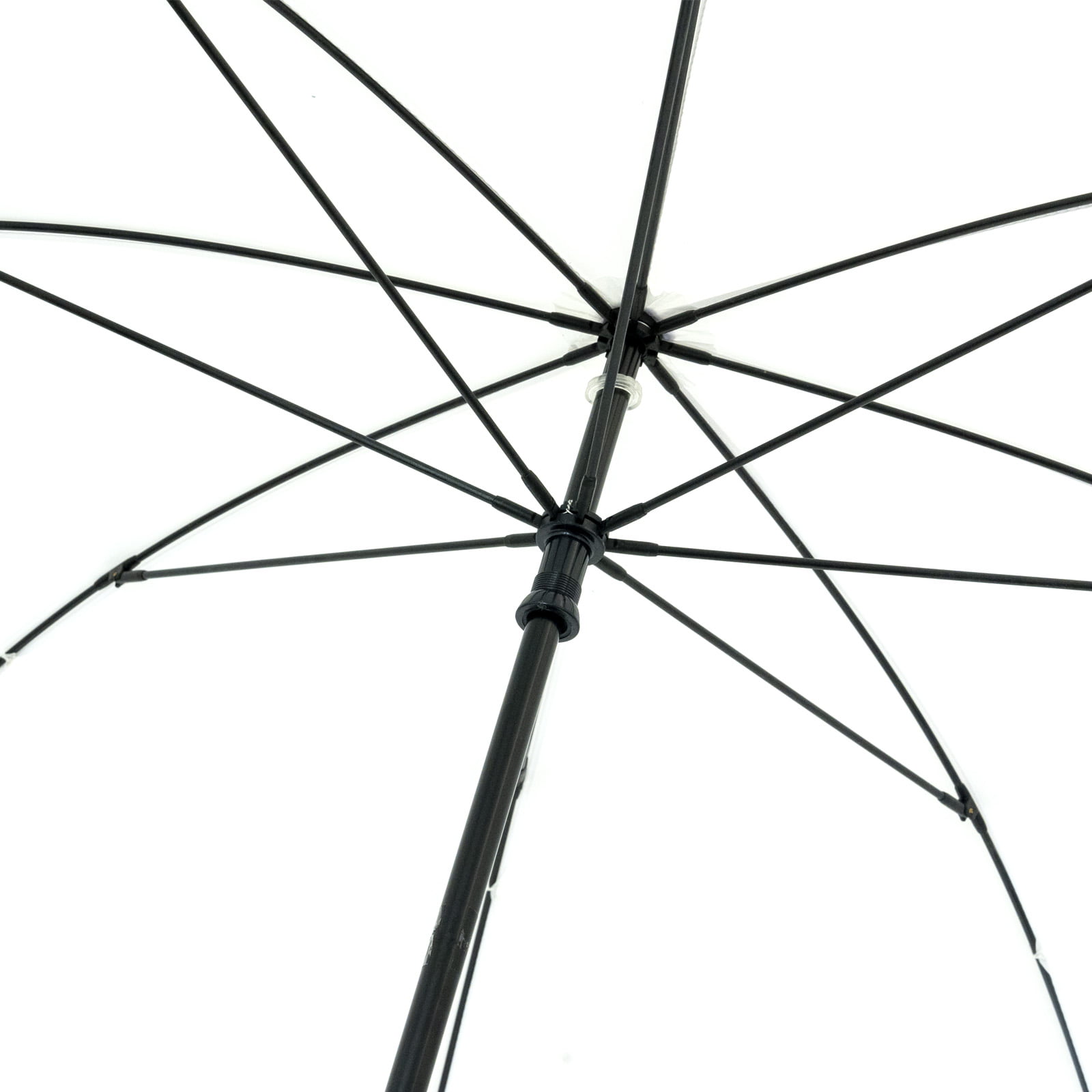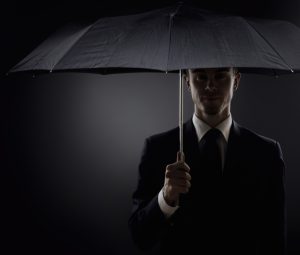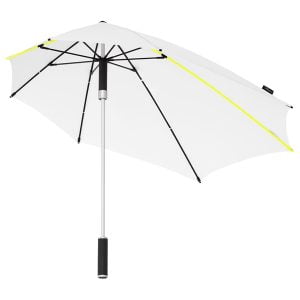Opening
This blog post is for all of our customers who love to be outside and enjoy both the sun or rain. We’ve noticed that many of you are not aware of the dangers that exist when it comes to umbrellas and parasols, so we want to alert you to these potential hazards. The most common danger is getting poked in the eye by an umbrella tip or a stray pole.
It’s very easy for this type of injury happen while walking with an open umbrella. The best way around this problem would be using a closed-in handle design, as they are less likely to poke outwards.
On the beach
The umbrella or parasol is a necessary accessory for most beachgoers, but it has become one of the biggest sources of frustration for those on the coast. The problem? Beach umbrellas/parasols are causing more and more problems as they fly up into trees or get stuck in sand dunes. Industry executives say that this is because many consumers don’t properly secure their umbrella or parasol into the sand, and don’t realise what’s happening until a gust of wind sends it flying down the beach.
Umbrellas are responsible for more than 200 injuries and hospital visits each year in the U.S., according to the Consumer Products Safety Commission (CPSC). There are more than 31,000 reported cases of umbrella-related injury every year: that’s an average of 84 people injured per day! Injuries from umbrellas include cuts and bruises on hands, wrists or arms, alongside injury from the force of high winds.
Beachgoers should also be sure to set up their umbrellas parallel to lifeguard stands so as not to obscure a clear view for them. In addition to the danger posed by high-velocity umbrellas and parasols, they can also be dangerous when in use. The best and most common example is children opening umbrellas inside out on people who are passing by them or walking past them. This type of accident can cause injury, including blunt force trauma.
Prevention
Umbrellas are generally between 20-30 lbs when fully closed, meaning that they’re more than capable of injuring someone should one fall on them from a height, or if it’s tipped over by the wind. Pop-up canopies weigh as much as 150 lbs or more, remaining subject to wind speed and velocity. When these two factors combine, an umbrella can strike with enough force to be comparable to that from a car traveling at 20 miles per hour!
The first thing to do when deciding where to put your umbrella or parasol is determining the direction of the wind. This will prevent you from taking shelter in an area that has a gusty breeze or on a prevailing side, as these areas are typically less desirable and more exposed. Remember not every spot on the beach offers protection from all directions. You’ll want the gusts of wind to come at an angle, which can deflect off the ground or other objects in order to keep you dry.
Some companies urge consumers to add weight to the umbrella’s bottom before setting it up for maximum protection against gusts of wind. Rocks or other heavy objects are perfect substitutes when sand is not available. Just be sure the weighted object will stay put in the high winds to prevent loss or injury from strong winds. Worth noting, the cantilevered umbrella type of patio umbrella is made for outdoor use. This type of umbrella should never be used at the beach, as it is not designed with sand anchoring in mind.
At the home:
Umbrellas are generally very safe. However, there have been times when umbrellas and canopies suffer from manufacturing or design defects that make them inherently dangerous necessitating the need for a product recall. As these cases may vary in severity of injury as well as how often they occur, it is difficult to come up with statistics on these events.
Rest assured, all umbrellas and parasols we sell are safe and professionally manufactured. We are committed to the safety of our customers, as this is a top priority for us. We make sure that everything we sell has been sourced from trusted suppliers who have met all of our quality standards and produce their products with care.
Even at home, they can come out of outdoor dining tables or outdoor store displays. They are often forgotten and left outside, where they can get damaged by wind and other elements, or get left behind in a restaurant patio when it closes for the night. Putting them on/through your table at an indoor event is often considered the safest choice.
Maintenance and prevention:
You should also buy an umbrella with a sturdy canopy, as well as one that has been constructed of strong materials like steel and industrial plastic resin. Any use of flame-retardant materials is also of benefit and prevents against becoming a potential fire hazard.
Maintenance:
-Oil the joints of the frame, if needed.
-Choose an area with a flat surface that is not close to anything flammable or harmful (like gas) to open up your umbrella and make sure all joints move freely before use.
Prevention:
-Look for signs of wear and tear, including cracked plastic or broken joints.
-Always open the umbrella before leaving the store to ensure it opens properly without any damage.
-Check that none of the joint parts are bent outwards, which could indicate a break in one of those pieces.
– If your anchor is still holding and there are no holes in the ground for stakes, use something like heavy like a rock.
Conclusion:
A freak accident of nature is something that happens out of the blue, with no human intervention. A more likely cause of umbrellas rolling down a beach would be somebody not properly putting up their umbrella and it getting unplanted in high winds. It is important to stay alert when you are on the beach, in an unfamiliar environment or out and about.
We recommend staying aware of your surroundings and following the recommended steps above that may help safeguard against any previously discussed dangers.





